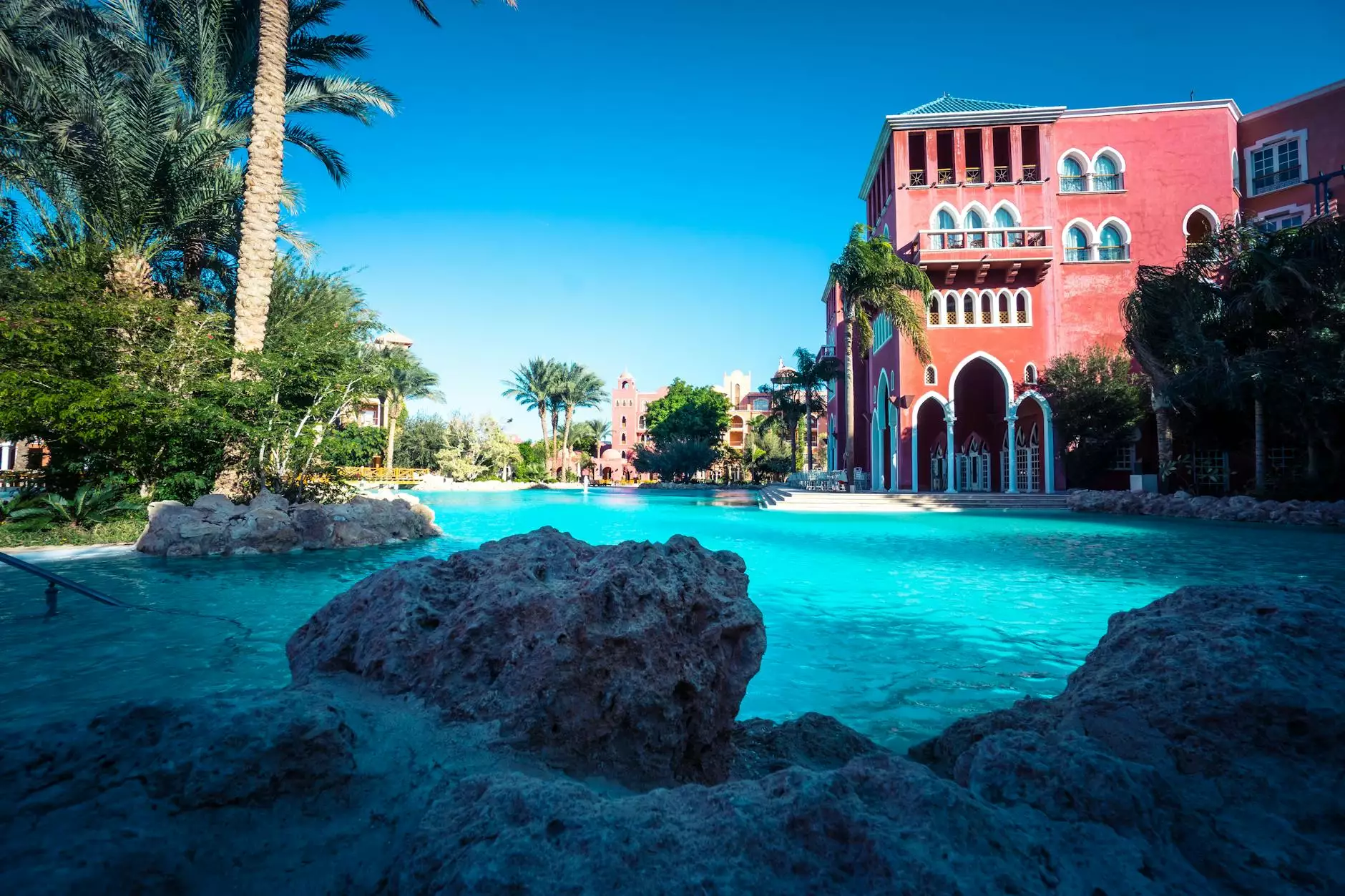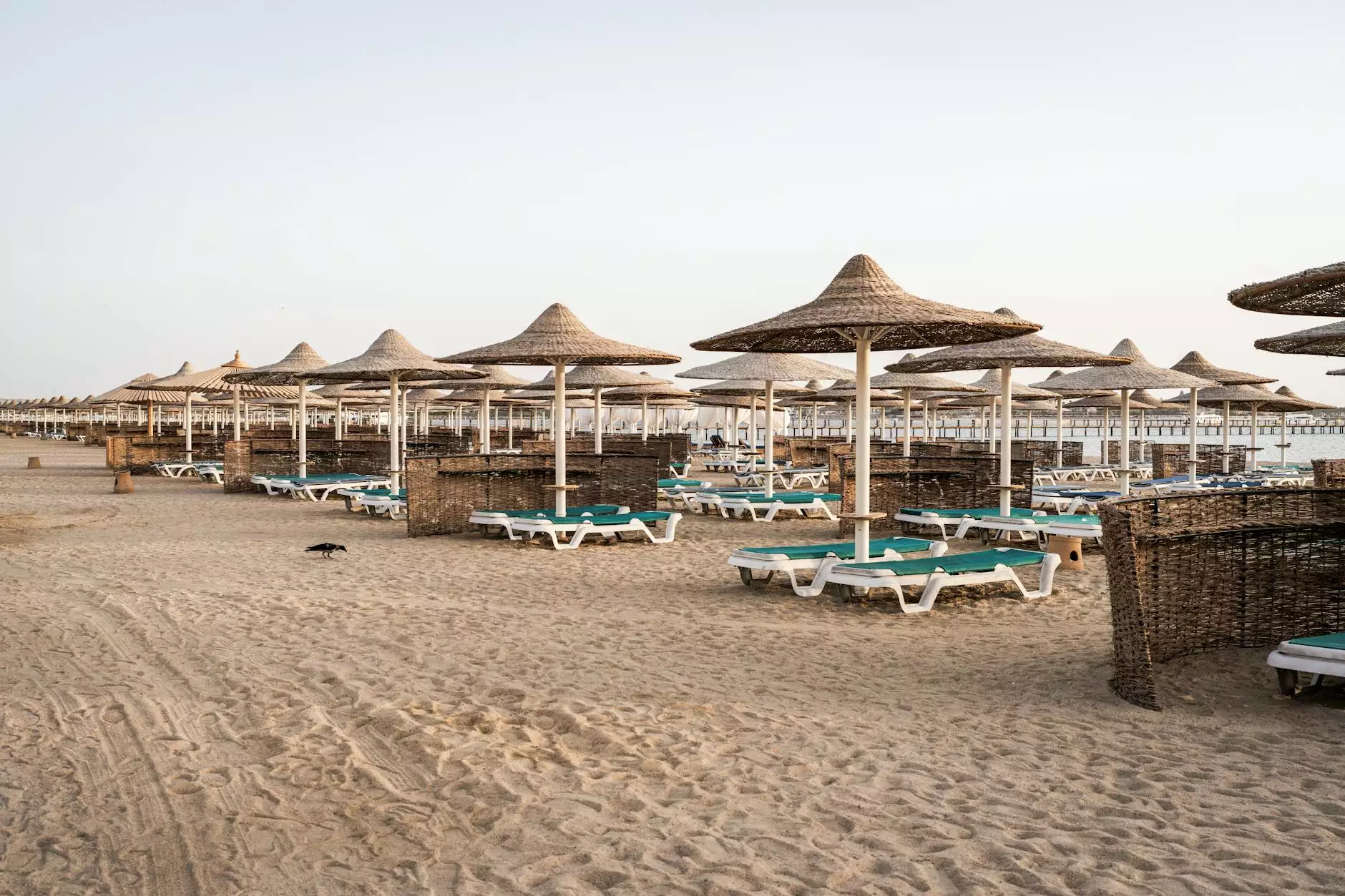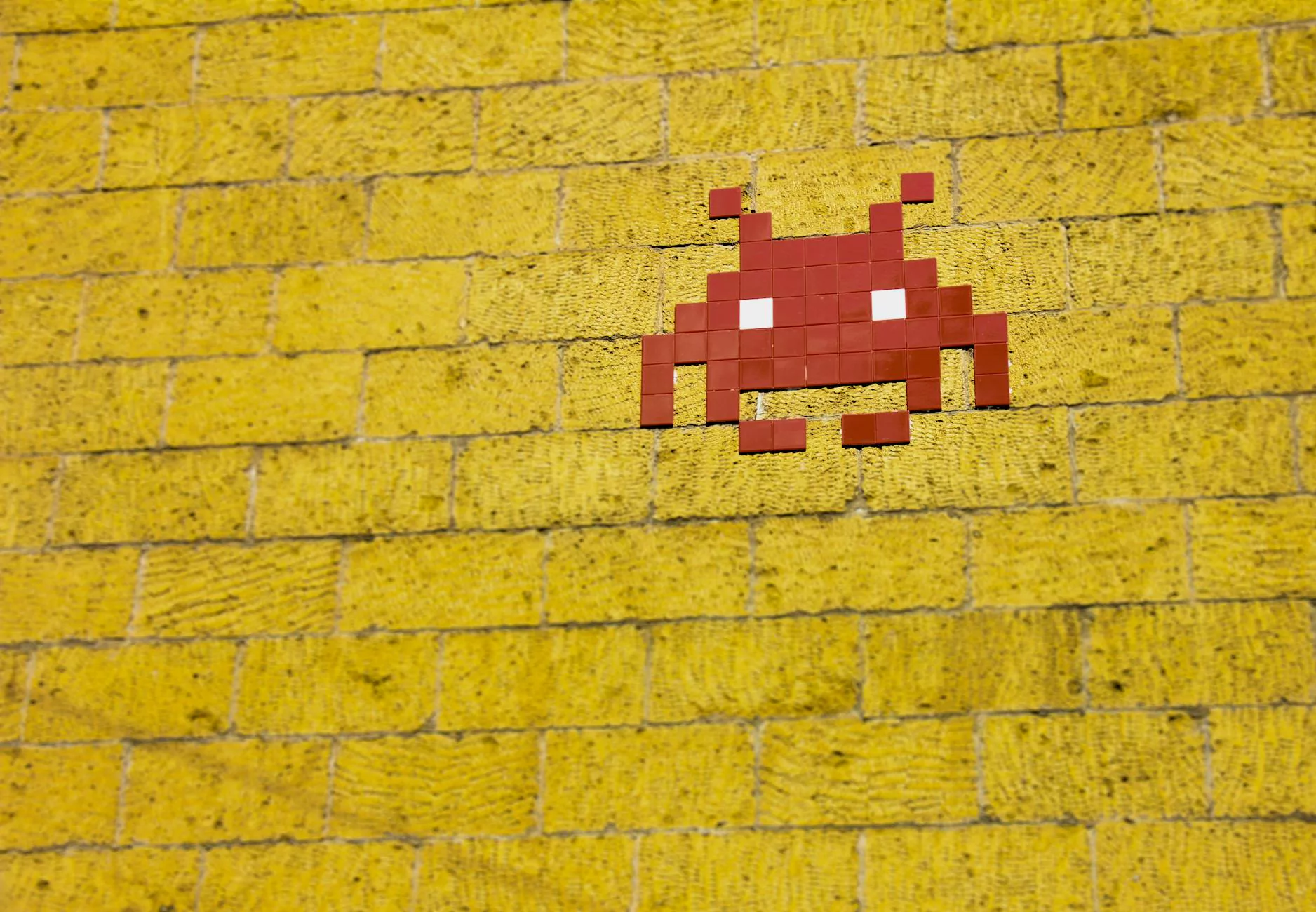Exploring the Best Pool Refinishing Options

When it comes to maintaining and enhancing the beauty of your backyard oasis, the importance of choosing the right pool refinishing options cannot be overstated. A beautifully refinished pool can not only elevate the aesthetics of your outdoor space but also improve the overall function and longevity of your pool. In the following sections, we will delve into various refinishing options, offering detailed insights, benefits, and considerations that will guide you in your decision-making process.
Why Consider Pool Refinishing?
The first question that may come to mind is, why should you invest in refinishing your pool? Over time, exposure to harsh chemicals, UV rays, and the general wear and tear of water create visible damage to your pool's surface. Here are some compelling reasons to consider:
- Enhance Aesthetic Appeal: A fresh refinish can dramatically improve the look of your pool, making it more inviting.
- Increase Durability: Quality refinishing adds a layer of protection, increasing the lifespan of your pool surfaces.
- Improve Safety: Smooth surfaces can reduce the risk of slips and falls.
- Raise Property Value: An attractive, well-maintained pool can enhance your home's overall value.
Top Pool Refinishing Options Available
There are several refinishing materials, each with its own set of benefits and nuances. Let's explore the most popular pool refinishing options:
1. Plaster
Plaster is one of the most traditional and commonly used materials for refinishing pools. Composed of a mix of cement, marble dust, and water, it creates a smooth and durable surface.
- Pros:
- Cost-effective solution.
- Provides a classic look and feel.
- Available in various colors and finishes.
- Cons:
- May require more frequent resurfacing (every 5 to 7 years).
- Can be rough to the touch if not well maintained.
2. PebbleTec
PebbleTec is a combination of small pebbles and resin, offering not only a unique look but also enhanced texture and durability.
- Pros:
- Durable and long-lasting (can last 15 to 20 years).
- Variety of colors and textures available.
- Smoother than traditional plaster.
- Cons:
- Higher upfront cost compared to plaster options.
- Installation can be more complex, requiring professional assistance.
3. Aggregate Finishes
Aggregate finishes combine plaster with stones or glass beads for a beautiful, textured look.
- Pros:
- Highly durable and resistant to staining.
- Customizable designs and aesthetics.
- Great for a slip-resistant surface.
- Cons:
- More expensive than simple plaster options.
- May require periodic maintenance.
4. Vinyl Liner
For above-ground pools or some in-ground pools, vinyl liners offer a versatile and cost-effective resurfacing option.
- Pros:
- Wide range of colors and patterns to choose from.
- Soft on the feet and provides a smooth surface.
- Easy to install and replace.
- Cons:
- Less durable than other materials (typically lasts 5 to 10 years).
- Punctures can occur if not handled carefully.
Factors to Consider When Choosing Pool Refinishing Options
When selecting a refinishing option for your pool, a variety of factors must be considered:
1. Budget
Your budget will play a significant role in determining which type of refinishing material you can afford. While plaster may be the most cost-effective upfront option, investing in more durable materials like PebbleTec or aggregate finishes may save you money in the long run due to reduced maintenance and longevity.
2. Climate
The climate in your area can affect the performance of certain finishes. For example, if you live in an area with extreme sunlight or temperature fluctuations, investing in high-quality finishes that resist fading and cracking is essential.
3. Pool Usage
Consider how often you use your pool and the type of activities that take place. If you have children or pets that frequently use the pool, a non-slip surface may be crucial.
4. Aesthetic Preferences
Different materials provide varied aesthetics. Make sure to choose a finish that complements your home's style and your personal taste.
Installation Process of Pool Refinishing Options
The installation process can vary depending on the refinishing option you choose. Below is a general overview of what you can expect during the refinishing process:
- Preparation: This step involves draining the pool and cleaning the surface thoroughly to ensure proper adherence of the new finish.
- Application: Each material has its specific application process. For instance, plaster is troweled on, while vinyl liners are fitted into place.
- Curing: Most materials require a curing period before the pool can be refilled, which can vary from a few days to a couple of weeks.
- Final Touches: Once the refinishing is complete, final adjustments will be made, and the pool will be filled with water again.
Maintenance of Your Newly Finished Pool
After investing in your pool's refinishing, maintaining the surface becomes crucial to maximizing its lifespan and appearance. Here are some maintenance tips:
- Regular Cleaning: Brush and vacuum your pool regularly to prevent algae growth and staining.
- Chemical Balance: Maintain proper chemical levels to protect the surface and prevent deterioration.
- Inspect for Damage: Regularly check for cracks or other damage and address them promptly to avoid more significant issues.
Conclusion
Ultimately, selecting the right pool refinishing options is a make-or-break decision for the enjoyment and aesthetics of your pool. Whether you opt for traditional plaster, durable PebbleTec, or creative vinyl liners, each choice carries unique benefits. Consider factors like budget, climate, and usage to make an informed decision.
At poolrenovation.com, we specialize in helping homeowners like you discover the ideal refinishing solution tailored to your needs. Don’t hesitate to reach out for professional advice and exceptional service that will leave your pool looking better than ever!









